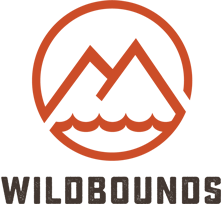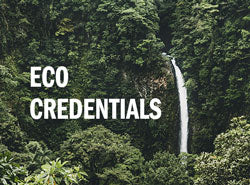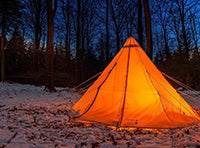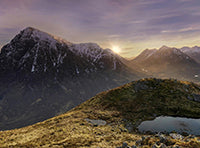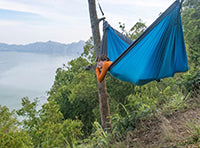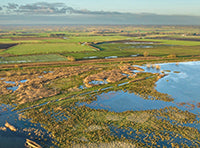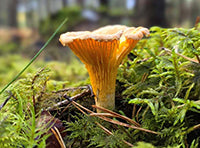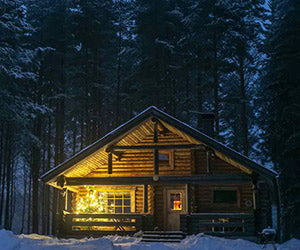Big Agnes is the first to introduce solution-dyed fabrics (SDF) to the camping equipment category. Tents made with solution-dyed fabric drastically reduce water and energy consumption during manufacturing.
Why Solution-Dyed?
Solution dyeing of tent fabrics reduces energy consumption by 80% and water use by 50% compared to traditional fabric dying methods. The result is better for the environment and the fabric improves the quality of their tents. Solution-dyed fly and inner tent fabric is used in several 2021 tent models, including the Fly Creek HV UL, Tiger Wall UL and Tiger Wall UK Bikepack tents.
What does Solution-Dyed mean?
Solution-dyed fabric is produced from yarn made from pre-coloured chips of nylon or polyester verses fabric made from uncoloured yarn which is then coloured. Imagine a carrot vs. a radish. One is coloured throughout and one is only coloured on the outside.
What are the environmental benefits?
- 80% reduction in energy required
- 50% reduction in water required - Nearly 19 litres of water saved on some models
- Estimated 170k to 303k litres saved for 2021 tent production alone
- 80% fewer chemicals used in dyeing and finishing
What are the fabric benefits?
- Solution-dyed yarn is highly resistant to UV fade and shade changes
- Solution-dyed yarns are more colourfast - up to two grades higher - and more resistant to multiple washings and mild bleach solutions
- Solution-dyed yarns and fabrics woven from them are uniform in colour and typically don't vary from lot to lot as they start with pre-coloured chips
- Shorter lead times for fabric production as the lab dip and approval process is removed and less fabric is wasted due to incorrect dye process
